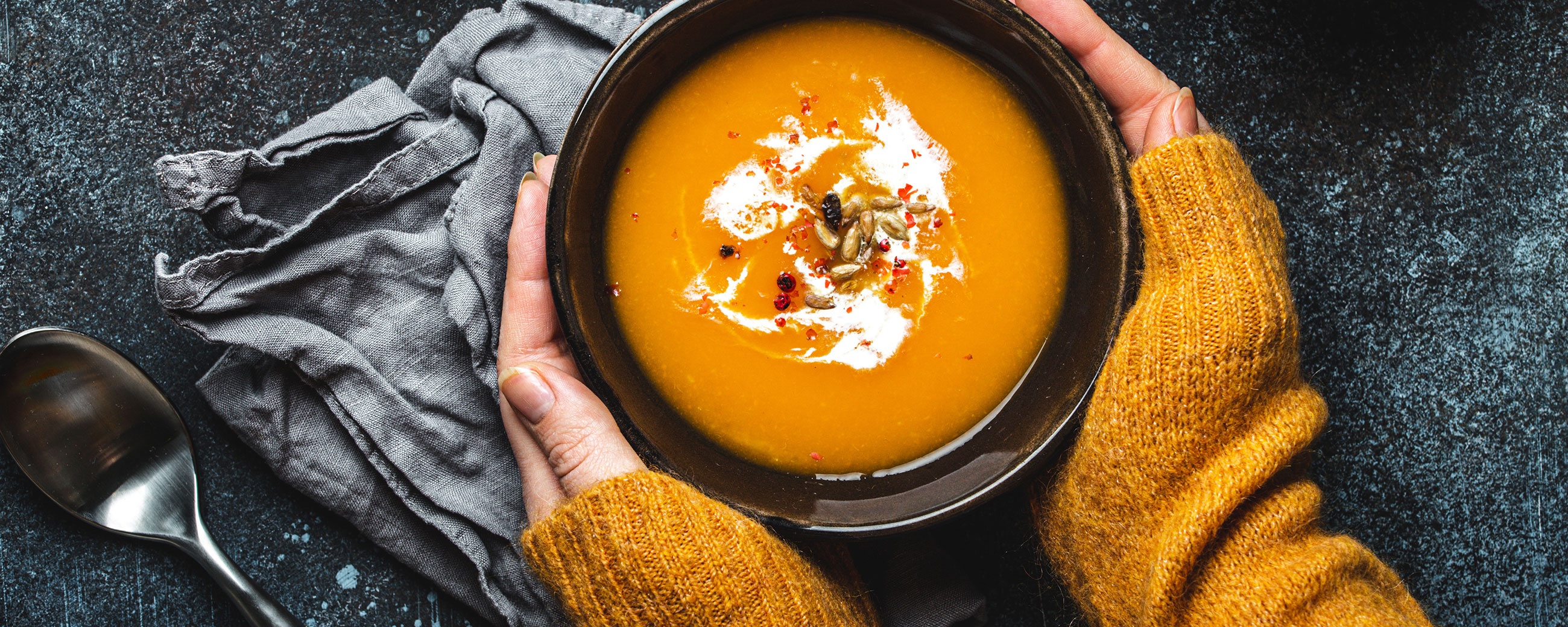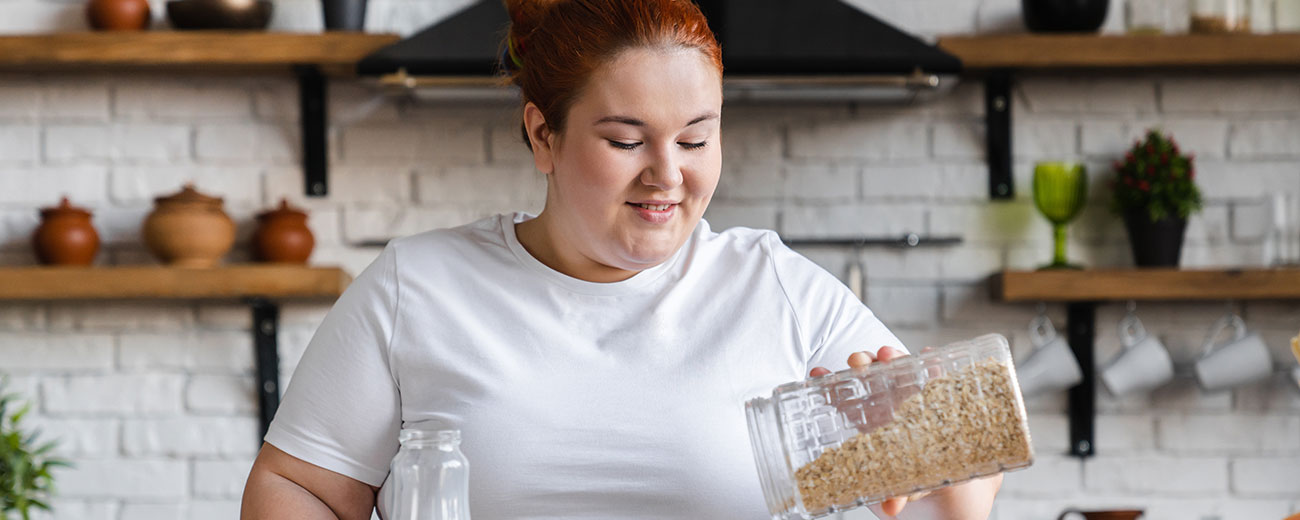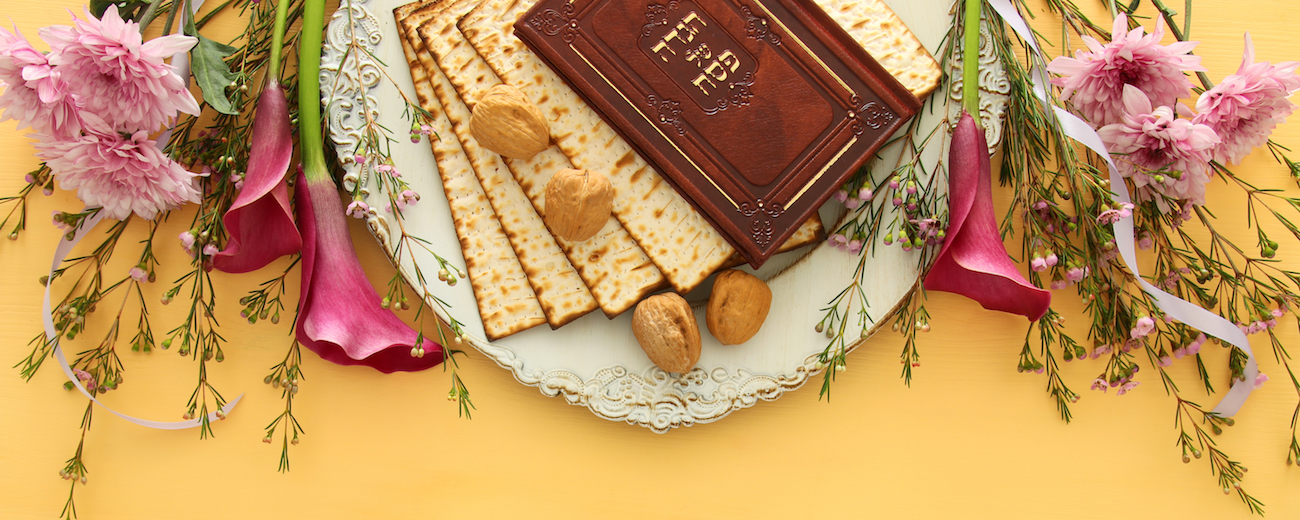
Celebrating a Low Carb Passover

Passover is an important Jewish holiday that commemorates the story of the Exodus from Egypt in the Hebrew Bible, and it will begin on the evening of March 30th this year.
There are many traditions and symbolic foods tied to the weeklong holiday. Some, such as the removal of chametz and the avoidance of kitniyot (by some Ashkenazi Jews), may be a welcome event if one lives in a household where other family members enjoy leavened food products. However, for those following a low carb or ketogenic diet, the most challenging Passover dietary requirements occur during the Seder meal, as certain carb-heavy foods are expected to be served and eaten to symbolize the journey out of Egypt. These rituals are a mixed bag for individuals trying to avoid carbs:

Advice on How to Approach Your Seder
In general, there are three options for low carb individuals when it comes to Seder:
- Abstain from incompatible Seder traditions for health reasons
- Eat the minimum amount of carbs to fulfill the meal’s requirements
- Make low carb substitutes to symbolically partake in Seder, but not fulfill the meal’s requirements
The two main considerations when deciding how to approach Seder while on a ketogenic diet are:
- Your relationship with carbohydrates
- How strictly you adhere to the commandments of eating matzah and drinking wine
If you know that having any carbs, no matter how small, will be a significant mental and/or physical setback for you, consult your Rabbi. Abstaining from carbs as part of your diabetes reversal journey is a life-saving issue, and under these circumstances you can be exempt from participating in the consumption of matzah.
As for the second consideration, Jewish law for Passover specifies that matzah must be made from five grains in order for it to fulfill the requirements of the holiday: wheat, barley, spelt, rye, or oat. If you are comfortable eating a matzah substitute that does not fulfill this commandment, you can use lower carb nut and coconut flours as an alternative (see link to recipe a the end of the post). However, if you feel you must eat matzah, you could make your own and use a mix of predominantly lower carb flour:

Advice on Wine Consumption
The Seder requires 4 cups of wine to be drunk during the course of the meal. From our recent guide on low carb alcohol, the following dry wines contain 1–2 g of carbs per 5 oz:
- Cabernet Sauvignon
- Pinot Noir
- Chardonnay
- Sauvignon Blanc
- Chablis
- Zinfandel
If you would want to cut down the carb count of your wine consumption even further, ask your Rabbi how much you can dilute your wine and still fulfill the commandment.
Celebrating Passover and Sticking with Virta: a Rabbi's Perspective
Approaching the week of Passover while limiting your carbohydrate intake is tough. To help you decide your path, a Virta patient and Rabbi, Keith S, has kindly shared his thoughts on his decision to avoid matzah during Seder:
"The primary food group at Jewish meals is carbs. Potatoes, potato salad, noodle kugel, challah, good bread, blintzes, cholent (a deadly combo of carb agony, including sweet potatoes, carrots, prunes, and other assorted roots), and more. It is not an exaggeration to say that the Jewish food pyramid rests on the tried and true foundation of fibers, grains, starches and sugars, i.e., carbs.
When it comes to Passover, why should this night be different? Everything is built around matzah, a simple flour plus water flatbread, baked without any yeast over a high temperature for exactly 18 minutes. Because no flour is used during Passover, everything usually made out of flour would be made from pulverized matzah, called matzah meal. Cakes, cookies, and of course, matzah balls are all made without yeast. Instead baked items include tons of eggs, using beaten egg whites to get a little bit of lift from the Passover baked goods.
There are 22 grams of carbs per matzah cracker. That’s a lot of carbs for not a lot of physical nourishment. But, of course, the matzah is not masquerading as a health food. It’s the spiritual experience of Passover that matzah helps us to keep in focus. The matzah is called the bread of affliction. It is also the symbol of our liberation.
I’ve been at a Seder table on Passover every year of my life, without exception. Big Seders, little Seders, with a ton of family, all by myself and every other variation on this theme. And, every year since I first had a tooth in my head, I have eaten matzah, which is the food that represents the spirit of the holiday. At every Seder over 60 years, I have feasted on lots and lots of carbs. And for well over half of my 64 Seder years, I have prepared the entire meal by myself for up to 40 people.
This year I have to answer the question, “Why is this first night of Passover different from all other Passover nights of my life?” by saying, “Because this year, I’m with Virta: meaning I have not touched sugared anything, grain, starches, or even a piece of challah since September 7, 2017. Zero. I have lost close to 40 pounds. My A1C is 6.6. I’m off 2 diabetes meds. I use 75% less insulin. I am a new man.
The rabbis teach that there are three times during the Seder when eating matzah is obligatory. If you’re a Virta patient, and you can take nibbles without burying your face in the refrigerator when everyone else has gone to bed (pre-Virta, been there, done that), the minimum amount one may eat to fulfill the obligation to observe Passover is called, kezayit: the size of an olive. You may ask, “The size of what kind of olive? Green? Kalamata? Cerignola?” The general answer is, "Just use your best judgment." If you are an Orthodox Jew, ask your rabbi—let him sweat the answer.
The meal itself has to be planned carefully like any other. Of course, some of the Seder will be great for those who are restricting their carbs. The charoset, a dish made with fruit and wine and sugar and nuts is off limits. But the maror, bitter herb, usually romaine lettuce and/or horseradish (just don’t dip it in the charoset!) is ok, as is the karpas, the spring vegetable, usually parsley or celery, dipped in salt water.
If people want to find some substitute foods, like matzah made of almond flour, I say go for it, as long as you know that at a traditional seder, if it’s not grain–based, it ain’t matzah.
If you are not eating something in order to care for your physical health, the rabbis allow it. The whole point of ritual is to live by it, not die by it.
Some people have healthy relationships with food. I do not. I am envious of those who can eat carbs sensibly without their blood glucose skyrocketing. I can’t do it. My diabetes might get closer and closer to being reversed, thanks to this remarkable Virta treatment that has utterly transformed my life. But, my addiction will never evaporate. It will always be the monkey on my back.
How can I NOT eat matzah on Passover? How can I not slather up some matzah with charoset—not to mention with butter and cream cheese? How can I leave my bitter herb undipped? It’s like this: Passover, when all is said and done, is about liberation, about moving from a place of darkness to light, from the degradation of slavery to the full embrace of freedom. Passover is the story of the redemption of the Israelites. It tells a profound story that applies to all peoples and traditions: that it is possible to vanquish that which holds you down and get to the other side. It’s the story of liberation. It is the story of birth and rebirth. And I truly believe, with all my heart, that with Virta helping me to get healthy, conquering the habits that have enslaved me almost my entire life, it is eminently worth celebrating at my seder."
You can read more from Keith here: https://beforeshabbat.com/
Low carb Passover recipes
*Recipes labelled with a * include some sugar and flour. While foregoing or substituting these ingredients when you cook does change the final result, it should not drastically affect the overall flavor of your dish.
Also, please note that this list is long because it includes Sephardic and Ashkenazi recipes.
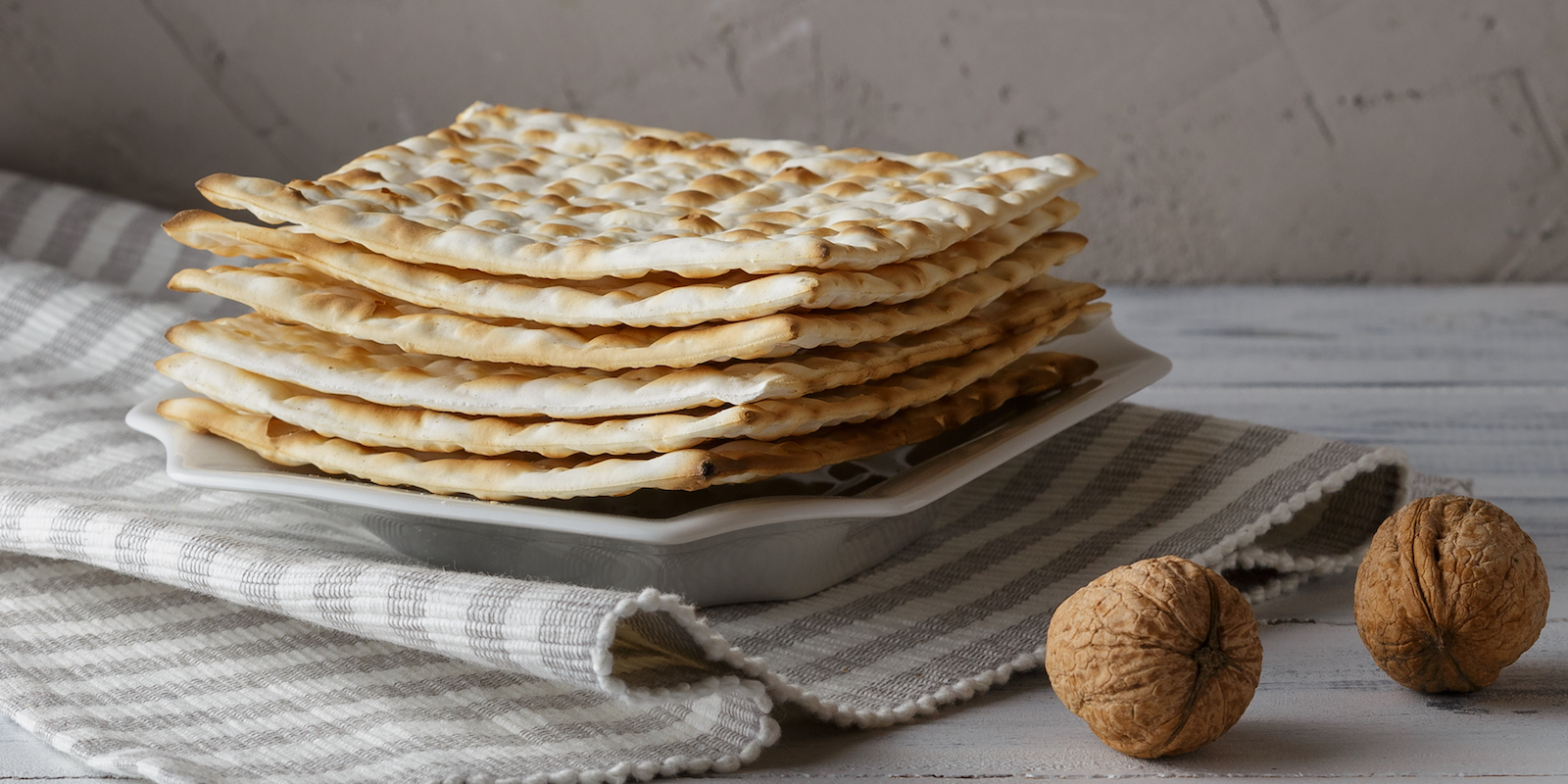
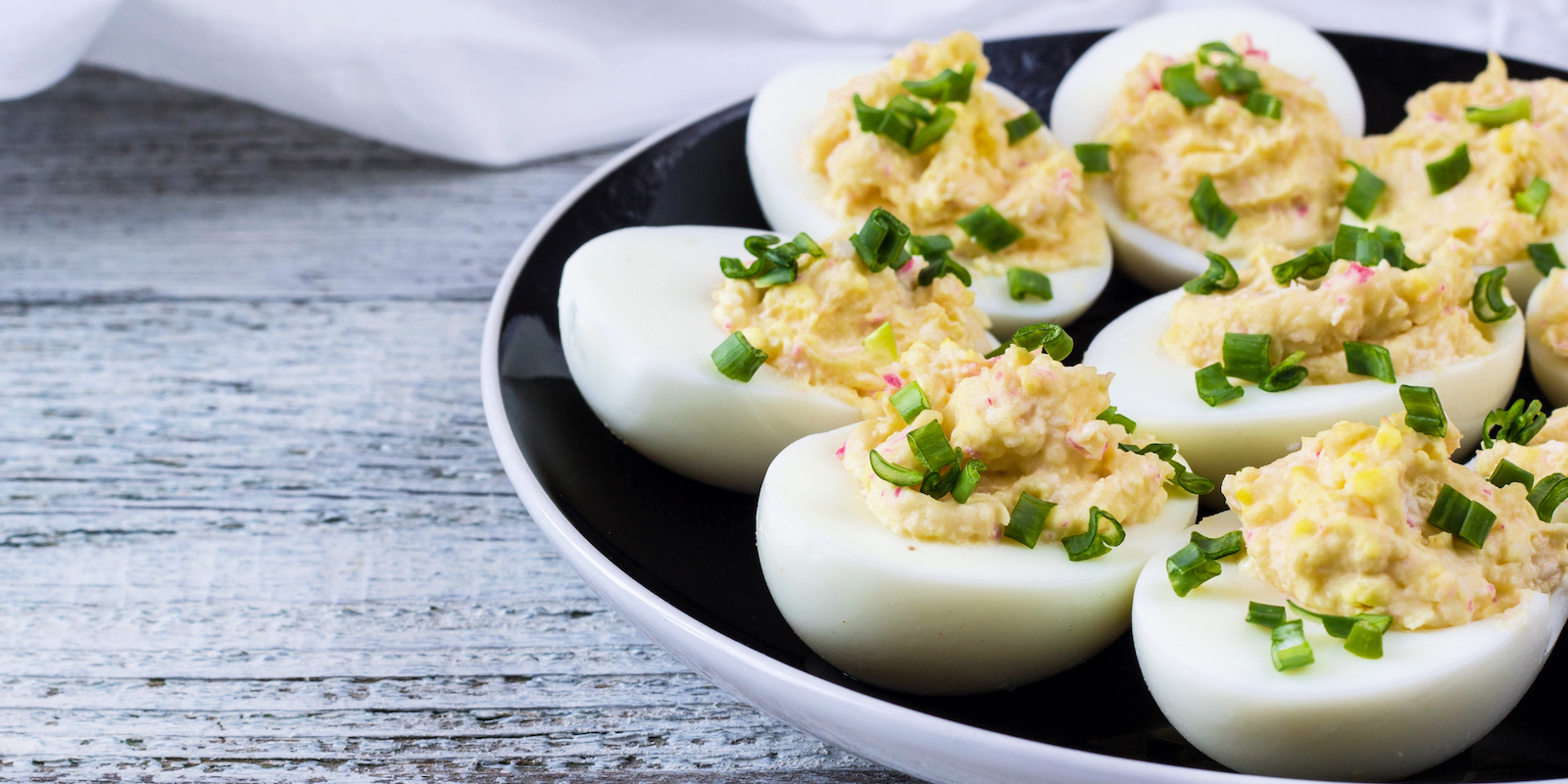
Deviled eggs with horseradish filling
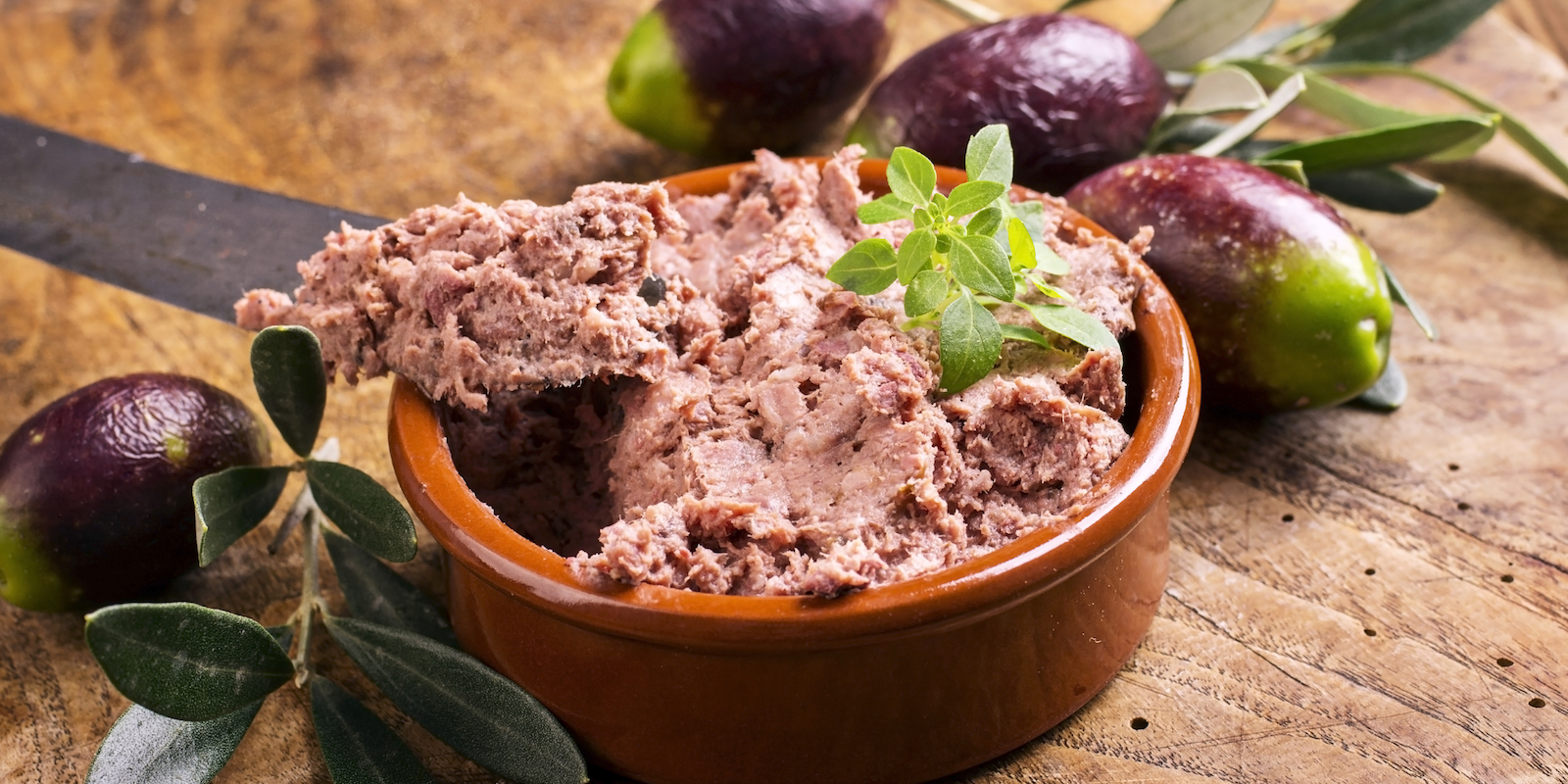
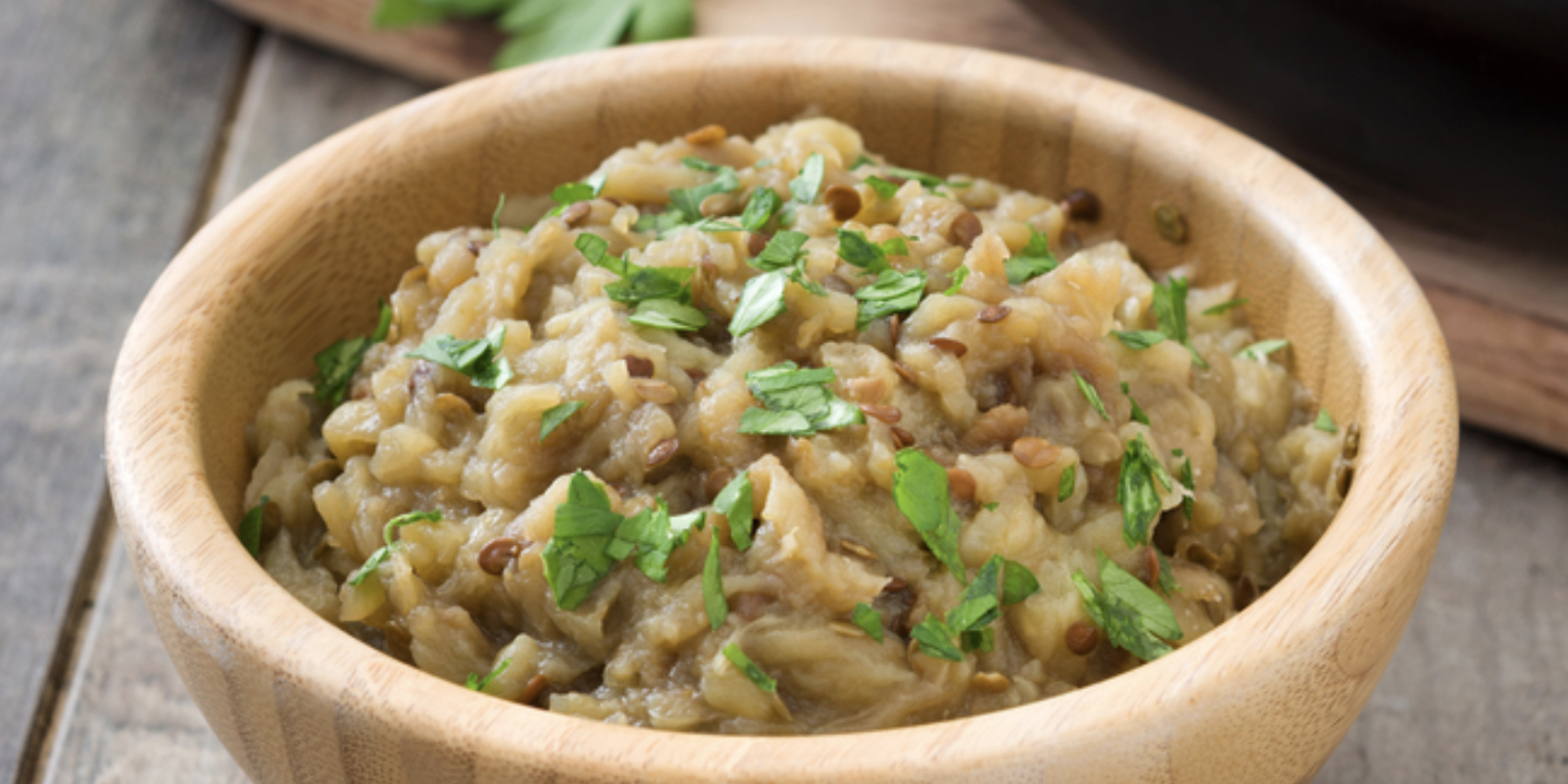
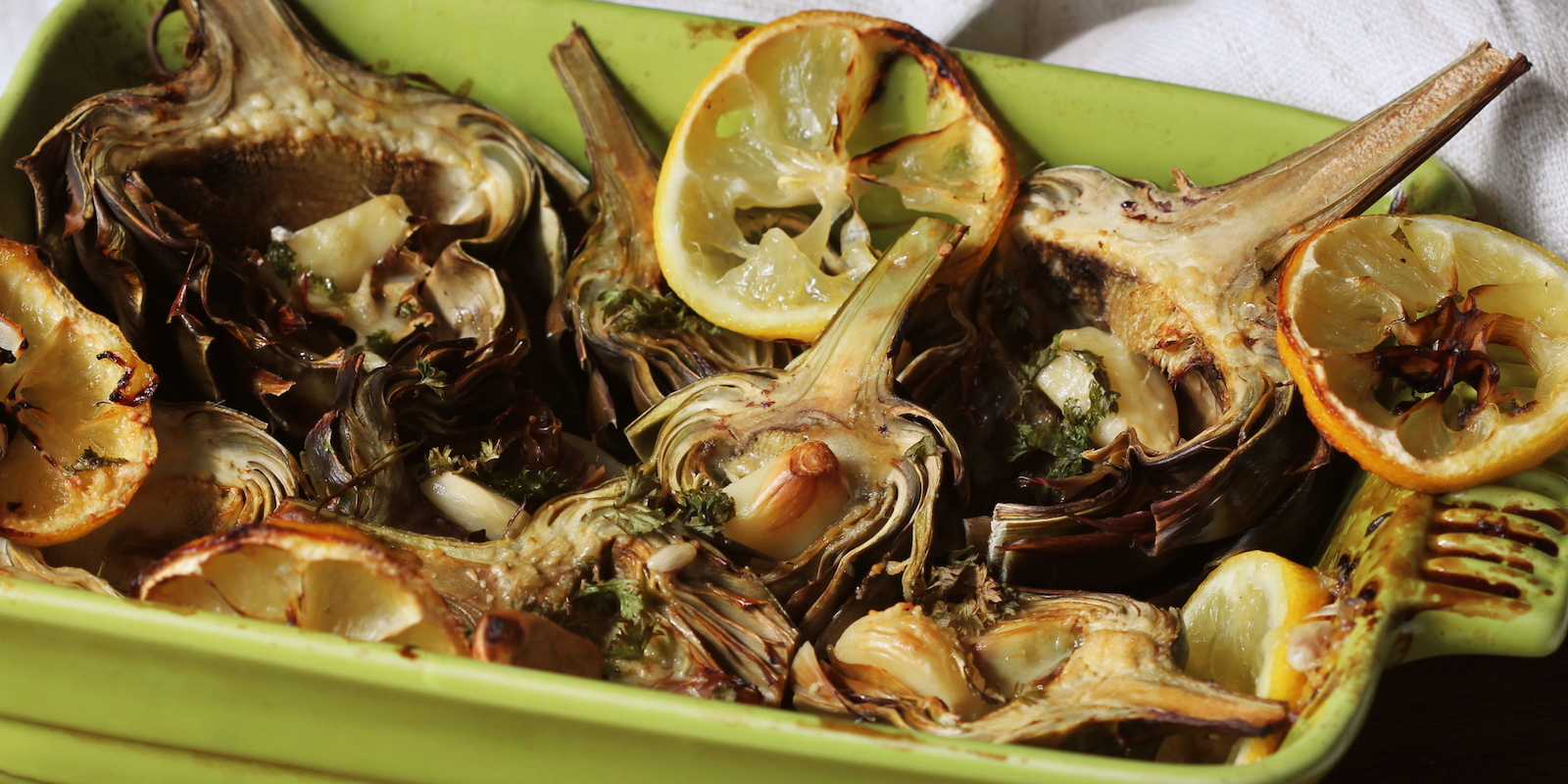
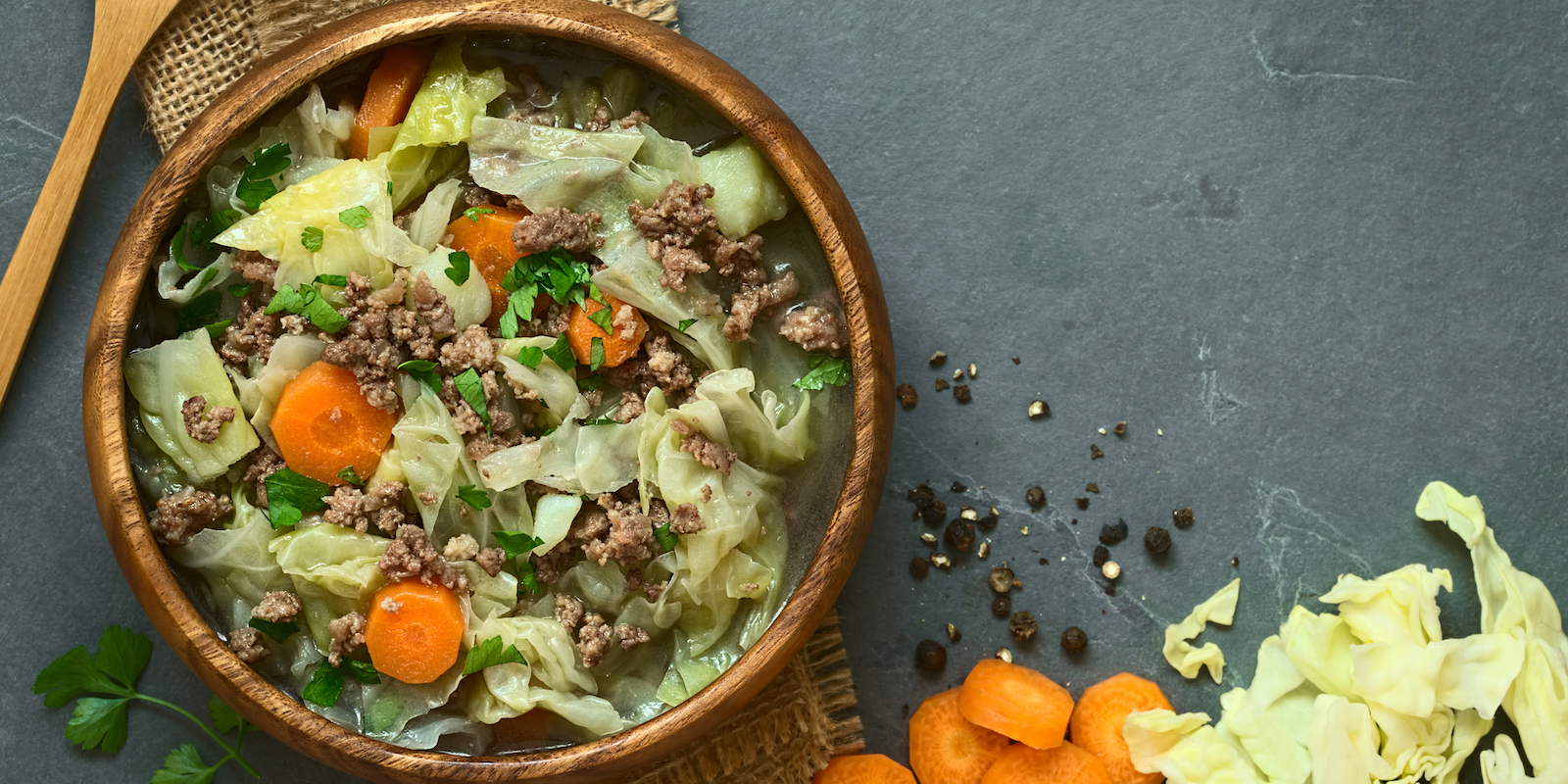
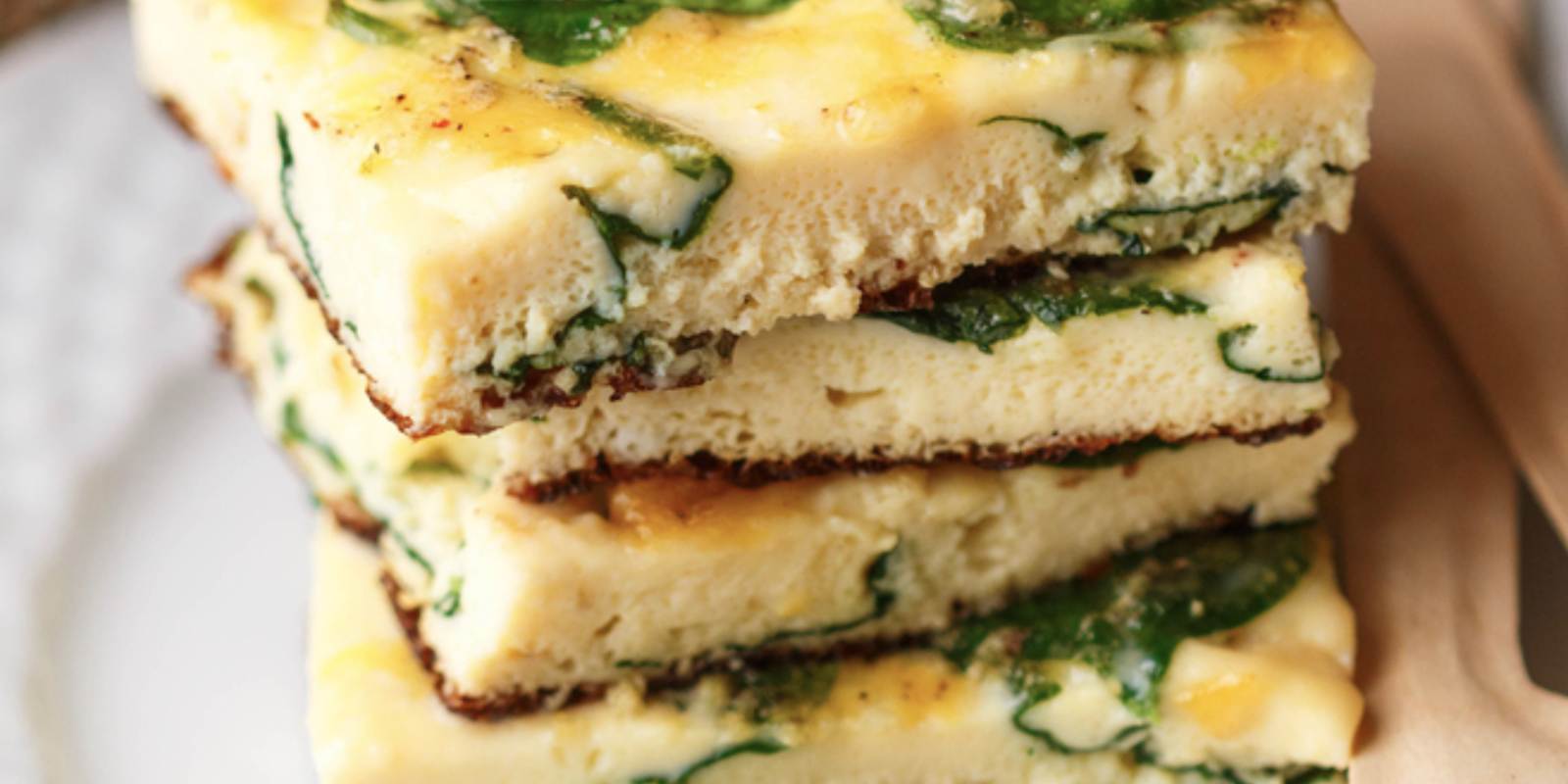
Passover Spinach Squares (Pareve)
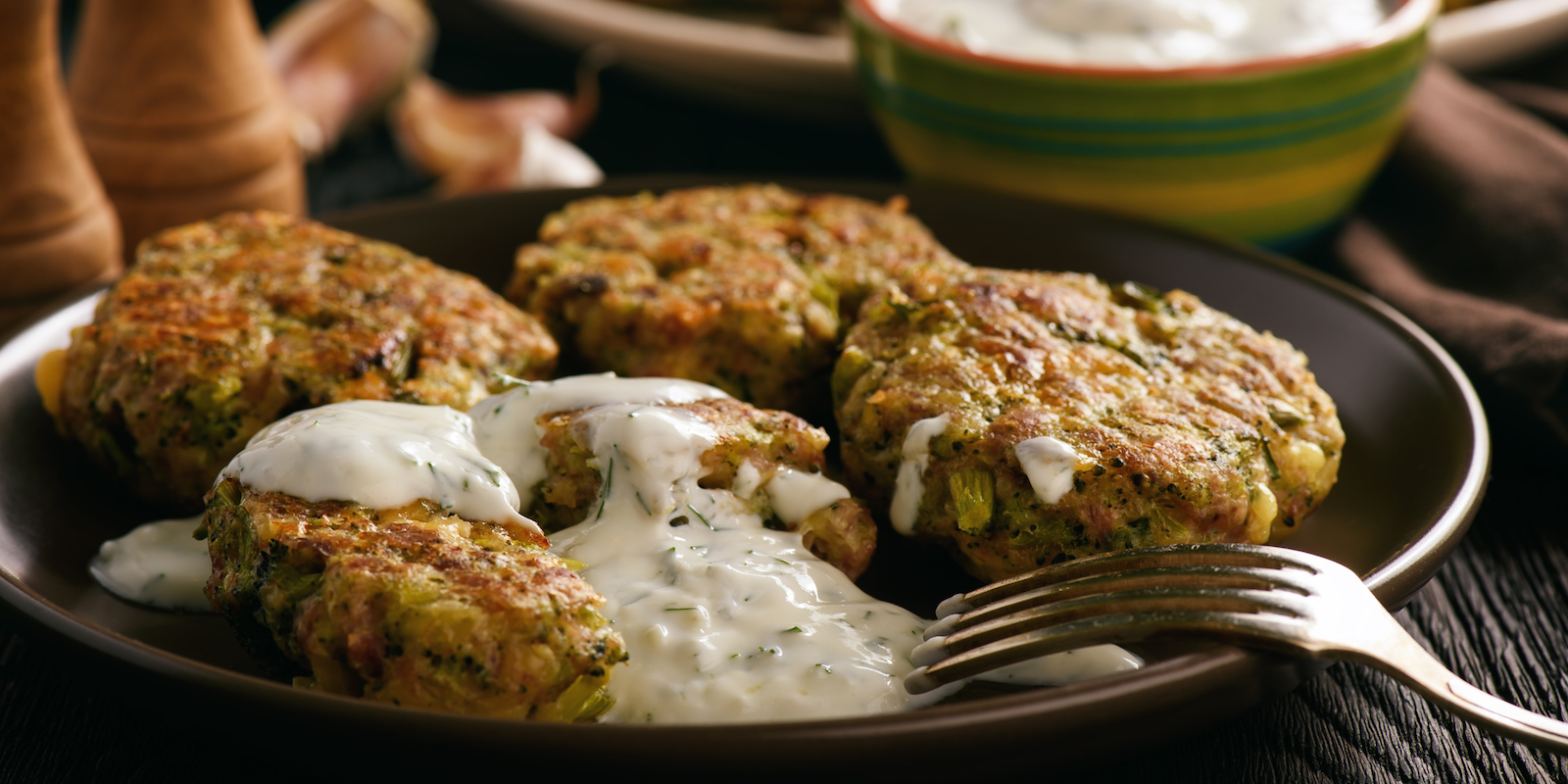

Grilled Vegetables with Zaatar Vinaigrette

Slow-Roasted Salmon with Tarragon and Citrus*
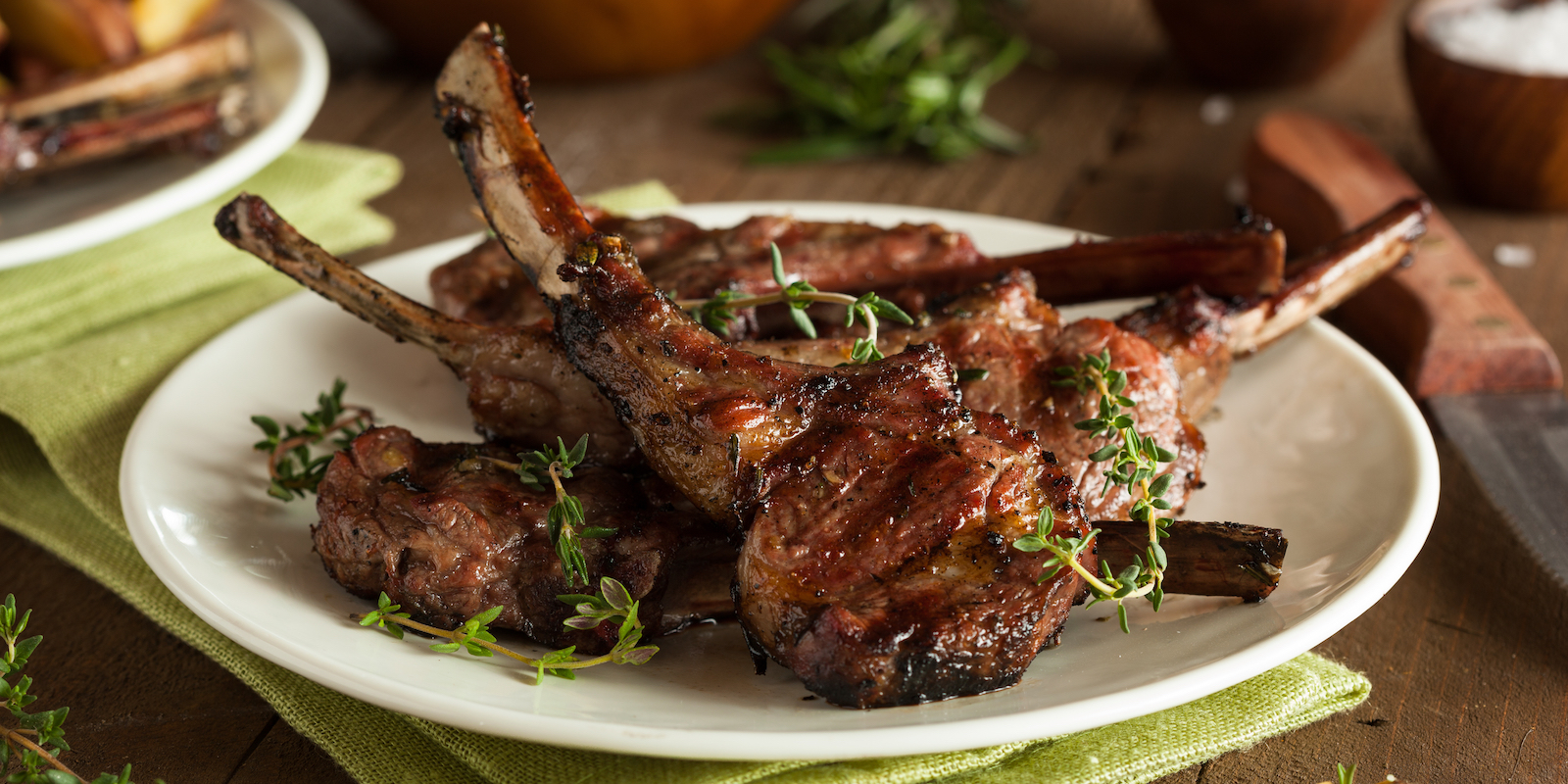


This blog is intended for informational purposes only and is not meant to be a substitute for professional medical advice, diagnosis, or treatment. Always seek the advice of your physician or other qualified health provider with any questions you may have regarding a medical condition or any advice relating to your health. View full disclaimer
Are you living with type 2 diabetes, prediabetes, or unwanted weight?



